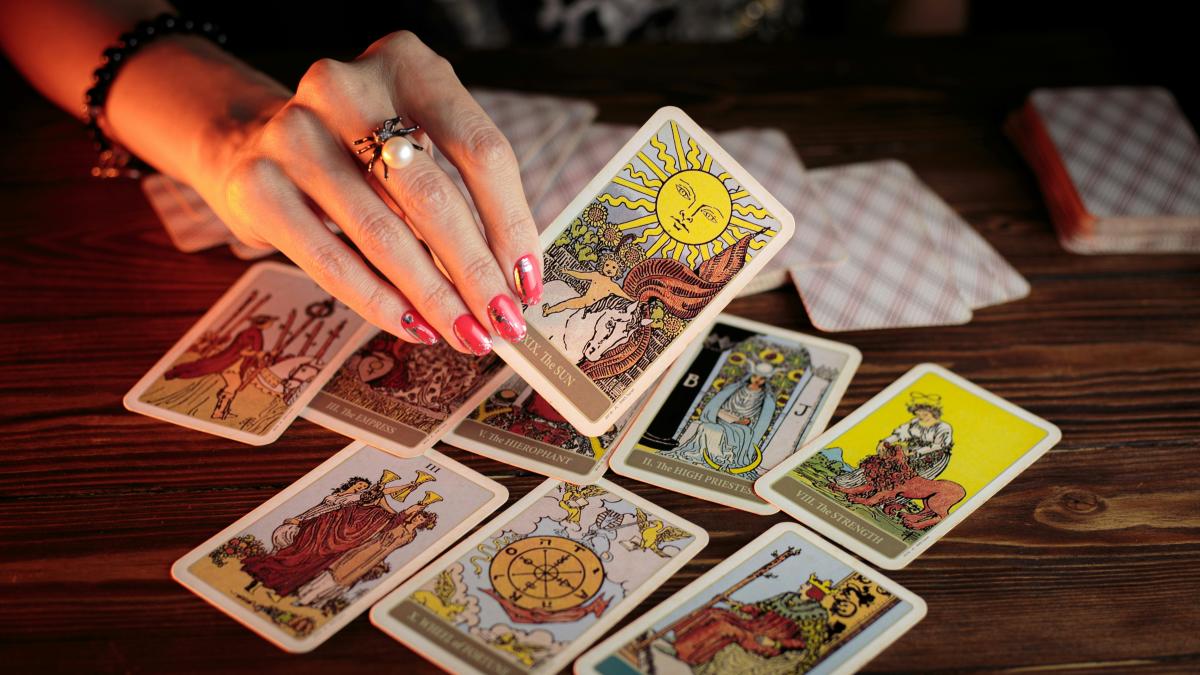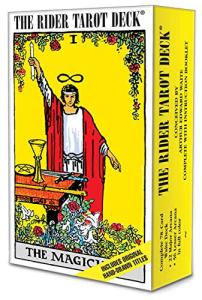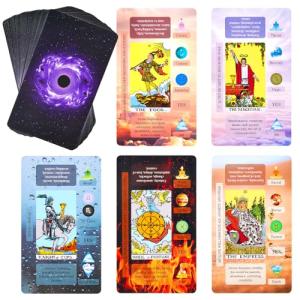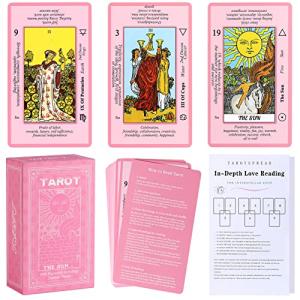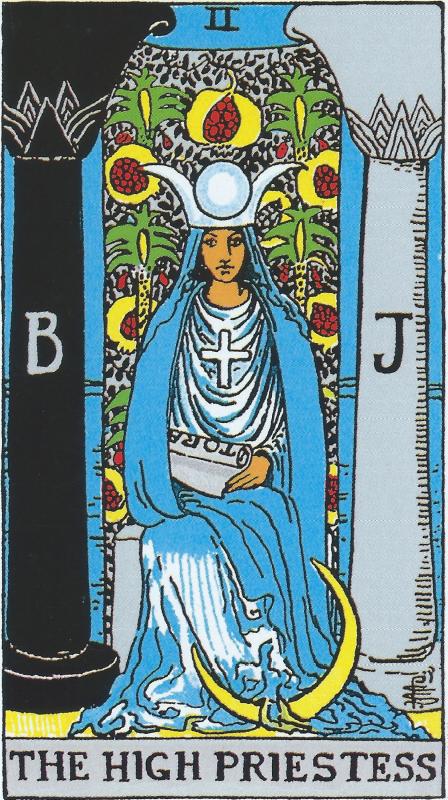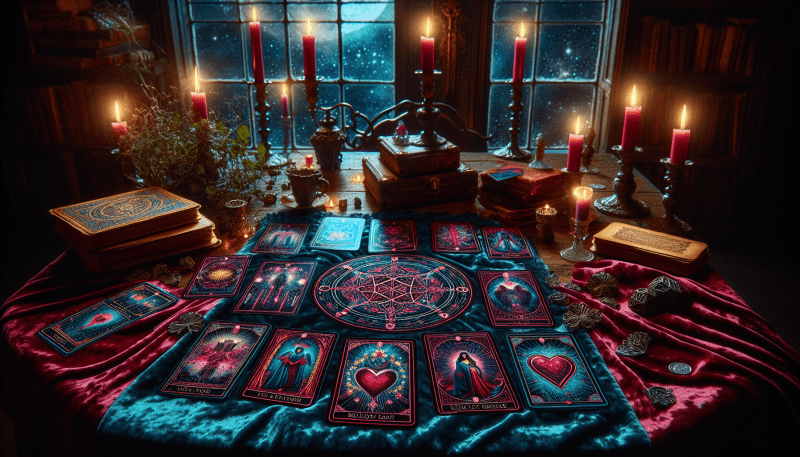Tarot cards have been used for centuries as a tool for divination and self-reflection. Each card in the deck is rich with symbolic imagery that holds deep meaning and can provide insight into various aspects of a person's life. By uncovering the symbolism within the tarot cards, one can gain a deeper understanding of themselves and the world around them.
The symbolism in tarot cards is multifaceted, drawing from a variety of sources including astrology, numerology, mythology, and psychology. Each card is packed with symbols that represent different aspects of the human experience, from love and relationships to career and personal growth. By exploring these symbols, we can tap into our subconscious mind and access inner wisdom that can help guide us on our life's journey.
One of the key elements of tarot card symbolism is the use of archetypes, universal patterns and themes that are present in all human beings. These archetypes, such as the Fool, the Magician, and the High Priestess, represent different aspects of the human psyche and can help us connect with our deepest desires and fears. By studying these archetypes, we can gain insight into our own motivations and behaviors, and begin to see patterns that may be holding us back or propelling us forward.
As we delve into the world of tarot card symbolism, it is important to approach the cards with an open mind and a willingness to explore the depths of our own consciousness. By paying attention to the symbols and imagery within the cards, we can begin to unravel the mysteries of our own psyche and uncover hidden truths that can empower us to make positive changes in our lives.
Major Arcana Symbolism Explained
The Major Arcana in a tarot deck consists of 22 cards that are rich in symbolism and hold significant meaning. Each card represents a key archetype or theme in human life, offering insights and guidance for the reader. Understanding the symbolism behind these cards can help unlock their deeper meanings and provide a more in-depth reading.
The Fool card, for example, represents new beginnings, innocence, and spontaneity. It is often depicted as a young person embarking on a journey, accompanied by a small dog. The dog symbolizes loyalty and companionship, while the cliff edge the Fool stands near represents the unknown and taking a leap of faith. The Fool encourages us to embrace adventure and trust in the universe's guidance.
The Tower card, on the other hand, symbolizes sudden change, upheaval, and destruction. It shows a tower being struck by lightning, with people falling from its windows. This card represents the breakdown of old structures and beliefs, making way for new growth and transformation. While the Tower may bring chaos and uncertainty, it ultimately serves to break down barriers and clear the path for renewal and rebirth.
The Sun card is a symbol of happiness, success, and vitality. Depicted as a bright sun shining in the sky, with a child riding a white horse below, the Sun represents clarity, enlightenment, and positivity. This card encourages us to embrace our inner light and radiate joy and energy to those around us. The Sun's warmth and light bring new opportunities and blessings into our lives, reminding us to stay focused on the present moment and enjoy the beauty of life.
Simplified Guide to Universal Symbols: Advanced Tarot
Unlock the hidden meanings of the universe with this comprehensive guide to advanced Tarot, designed to simplify the interpretation of universal symbols
Product information
$14.42
Product Review Score
4.25 out of 5 stars
230 reviewsProduct links
Understanding Minor Arcana Symbolism
When it comes to tarot cards, the Minor Arcana are often overlooked in favor of the more dramatic Major Arcana. However, the symbols within the Minor Arcana are just as important in interpreting the cards' meanings. Each suit in the Minor Arcana—cups, pentacles, wands, and swords—represents a different aspect of human experience and emotion.
In tarot card readings, the cups represent emotions and relationships. The pentacles represent material wealth and security. The wands represent creativity and ambition. The swords represent challenges and conflicts. By understanding the symbolism within each suit, readers can gain valuable insight into various aspects of their lives.
For example, the Ace of Cups often symbolizes new beginnings in relationships or emotional fulfillment. The Two of Pentacles can indicate a need to balance resources or priorities. The Eight of Wands suggests swift changes or rapid progress. The Ten of Swords might signify betrayal or painful endings. By delving deeper into the symbolism of the Minor Arcana, tarot card readers can offer more nuanced and insightful interpretations to their clients.
The Art of Interpreting Tarot Card Imagery
Understanding the symbolism of tarot card imagery is a key component in interpreting the messages that the cards are trying to convey. Each card in a tarot deck is rich with symbolic imagery that can offer insights into different aspects of our lives. Whether you're doing a reading for yourself or for someone else, being able to unpack the symbolism within the cards can deepen the meaning of the reading.
One of the first steps in interpreting tarot card imagery is to take note of the colors used in the card. Colors can often convey emotions and themes that are relevant to the card's meaning. For example, the color red may symbolize passion, while blue may signify communication or serenity. By paying attention to the colors within a card, you can gain a deeper understanding of its message.
Another important aspect of tarot card imagery is the presence of symbols within the artwork. Symbols can hold different meanings depending on the context in which they appear. For example, a butterfly may symbolize transformation and growth, while a key may represent unlocking hidden knowledge or opportunities. By studying the symbols present in a card, you can uncover hidden meanings and themes within the reading.
Lastly, it's crucial to consider the overall composition of a card when interpreting its imagery. The placement of figures, objects, and symbols within the card can all play a role in its meaning. Pay attention to how the elements within the card interact with each other, as well as the overall mood or atmosphere that the card conveys. By taking a holistic approach to analyzing tarot card imagery, you can unlock the powerful messages that the cards hold.
